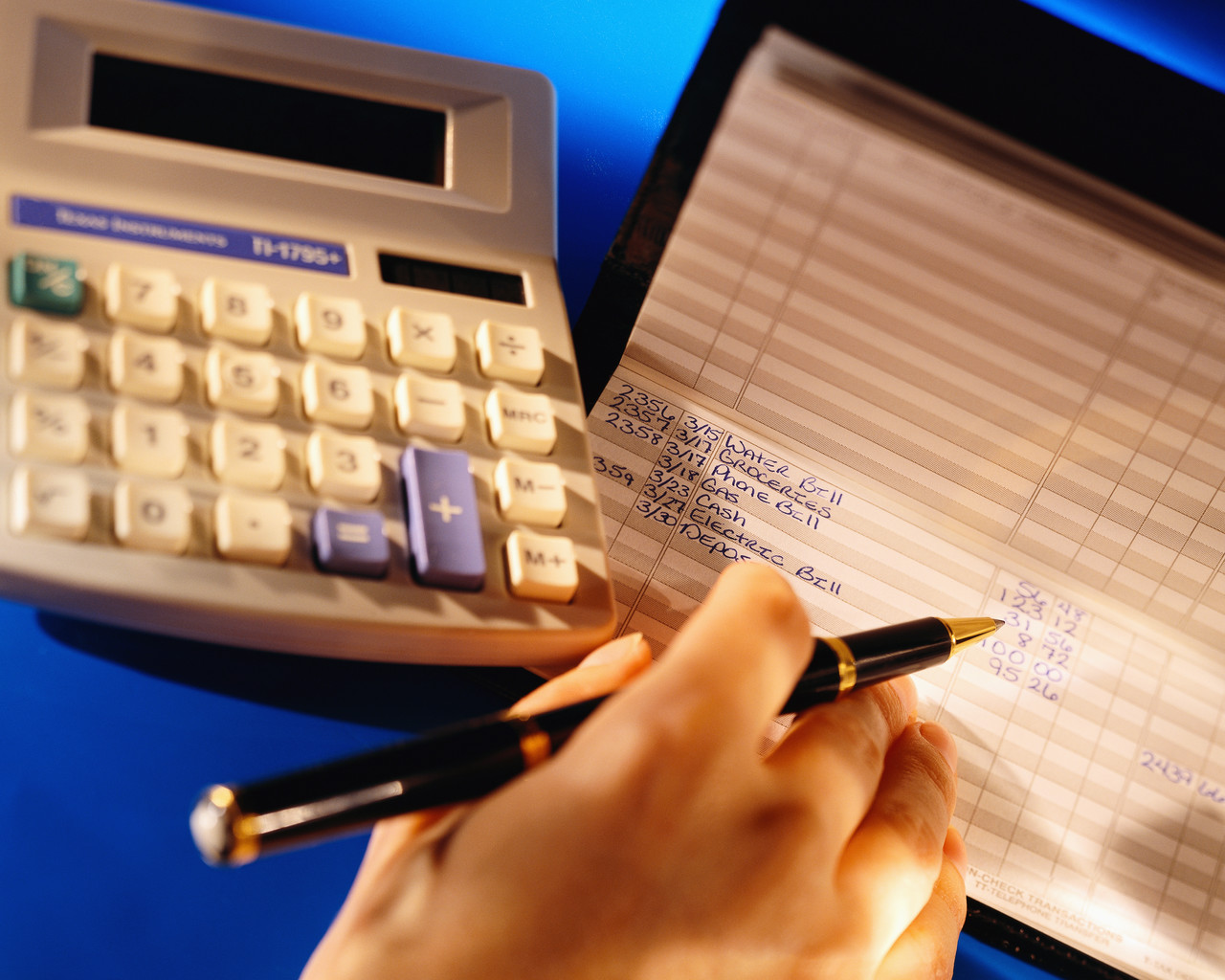
Bank and credit union accounts tend to cost less over the long term than non-banking services such as check cashers. Further, starting a relationship with a bank or financial institution can help you establish a financial history that will serve you well in the future.
What do they offer?
Financial institutions offer two basic types of personal accounts: checking and savings. Checking accounts tend to provide access to your money in several ways: by check, through automatic transfer machine (ATM) or bank withdrawals, or by debit card. These accounts are useful for covering daily expenses, but since most do not offer interest, it's not the best way to save and see your deposits grow.
Savings accounts pay interest on deposits and still provide easy access to funds through withdrawal at a bank's ATM or by transferring money into a checking account at the same bank.
Additionally, banks and credit unions usually feature different types of accounts, such as Negotiable Order of Withdrawal (NOW) accounts and Certificates of Deposit (CD), which may have minimum deposit and other requirements or terms. These institutions may offer various types of credit and debit cards and different types of loans for their customers.
New York State law requires that all banks (including commercial banks, saving banks and credit unions) offer low-fee "basic banking" or "lifeline" accounts that can be opened with an initial deposit of $25 and a minimum balance of only $.01 (one cent) to keep the account open. The monthly charge for maintenance of the account cannot be more than $3, and account holders are allowed at least eight withdrawals per month at no additional charge. These low-cost bank accounts offer significant savings to consumers.
Whatever financial institution or type of account you choose, once a month you will receive a statement with a summary of all the activity related to your account. Bank statements document your account transactions, including deposits made, ATM or bank withdrawals, any service or ATM fees charged and checks written (once they are cashed or deposited), as well as the balance in your account. It is important to review these statements carefully and inquire about any concerns or discrepancies.
Banks and Banking Laws
Learn the details about your key banking rights and protections by looking at the Division's Consumer Law Help Manual chapter on the banking system.
Keeping Safe When Using an ATM
Wonder how to protect yourself at an ATM? While ATMs are a great convenience, they can compromise your safety and privacy. A criminal can stake out an ATM in a low-traffic, dimly lit area and bide their time, waiting to rob any customer who makes a withdrawal. Consumers can avoid becoming a victim by employing these tips and by planning ahead for ATM withdrawals.



